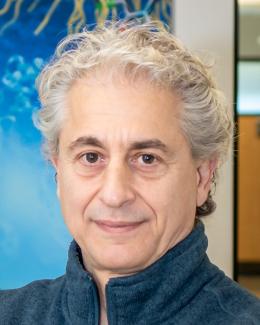Abstract
In biology, heterosynaptic plasticity maintains homeostasis in synaptic inputs during associative learning and memory, and initiates long-term changes in synaptic strengths that nonspecifically modulate different synapse types. In bioinspired neuromorphic circuits, heterosynaptic plasticity may be used to extend the functionality of two-terminal, biomimetic memristors. In this article, we explore how changes in the pH of droplet interface bilayer aqueous solutions modulate the memristive responses of a lipid bilayer membrane in the pH range 4.97–7.40. Surprisingly, we did not find conclusive evidence for pH-dependent shifts in the voltage thresholds (V*) needed for alamethicin ion channel formation in the membrane. However, we did observe a clear modulation in the dynamics of pore formation with pH in time-dependent, pulsed voltage experiments. Moreover, at the same voltage, lowering the pH resulted in higher steady-state currents because of increased numbers of conductive peptide ion channels in the membrane. This was due to increased partitioning of alamethicin monomers into the membrane at pH 4.97, which is below the pKa (~5.3–5.7) of carboxylate groups on the glutamate residues of the peptide, making the monomers more hydrophobic. Neutralization of the negative charges on these residues, under acidic conditions, increased the concentration of peptide monomers in the membrane, shifting the equilibrium concentrations of peptide aggregate assemblies in the membrane to favor greater numbers of larger, increasingly more conductive pores. It also increased the relaxation time constants for pore formation and decay, and enhanced short-term facilitation and depression of the switching characteristics of the device. Modulating these thresholds globally and independently of alamethicin concentration and applied voltage will enable the assembly of neuromorphic computational circuitry with enhanced functionality.



